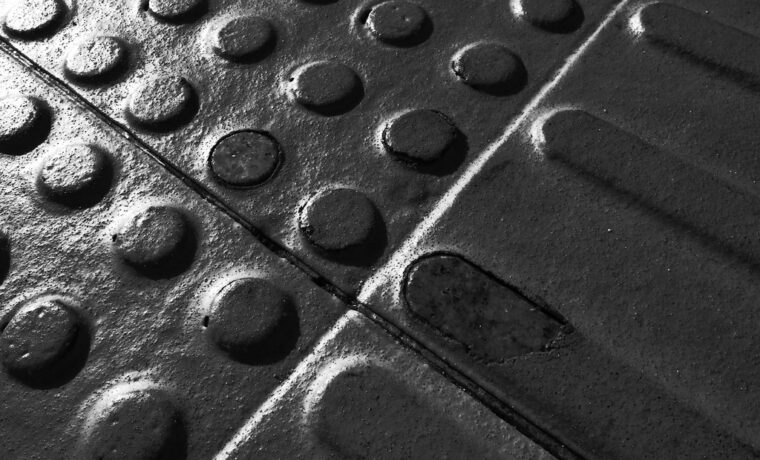Distributors and manufacturers market detectable warnings and tactile systems that meet the set compliance rules by agencies supporting visually impaired individuals or people with disabilities. Access tile tactile systems are among the manufacturers and distributors of tactile systems. The systems are used to ensure the safety of people with visual impairment in areas such as parking areas, curb ramps, shopping malls and curb walkway systems. The tactile systems are also made in various colours and designs to suit different peoples personalities and needs.
Benefits of Tactile Systems
- It is manufactured using an engineered composite technology that ensures the high cost or value of the product.
- The tile tactile systems have a diamond grip that improves the anti-slip property of the surface.
- The systems manufacture meets the ADA requirements.
- The detectable warning systems have a ribbed surface easy to open and let out any air trapped.
- The tile tactile systems are fasteners resistant to tamper, hence ensuring they long throughout their life cycle.
Cleaning Care and Maintenance of Tactile Systems
Detectable warning systems have a textured surface with tactile properties. The procedures used to clean the tactile systems requires that they be well-scrubbed to reach any grease under the tile. The tactile system does not absorb water and may not be cleaned using standard mopping. When cleaned frequently, the systems are well maintained, making them more durable and better looking. Cleaning helps ensure that the brightly coloured tiles have a visual contrast that will help visually impaired people differentiate and recognize them.
The tactile system surfaces also require regular maintenance activities, such as general-purpose cleaning agents to wash them regularly. Cleaners used should not be soap-based, not contain animal fat and must be non-oil based. Before using a cleaner to clean the whole tile, test areas using a small portion to ensure they don’t cause other damages. Finally, the design of tactile systems does not need additional sealers, waxes or coatings. Application of such coatings adds more procedures to the maintenance without any additional benefits. Additionally, when sealers or coatings are applied on a tactile surface, they form a thin barrier that reduces skid resistance.
Product Handling and Storage
Tactile systems may undergo minor damages during their movement from the manufacturer to the user. Due to this, they should be properly packed in strong plastic wrapping that will protect the surface when being installed. Additionally, there are requirements such as temperature restrictions when installing the tactile systems that help to ensure proper installation.
Conclusion
Detectable warning systems are manufactured using quality heavy polymer material—the regulations governing their manufacture and distribution id enforced by the ADA. The main aim of the production of these products is to ensure that people with visual impairment do not face challenges when navigating around certain locations. The products are durable, exist in bright colours and are UV damages resistant. The products’ visual contract is essential and has a tactile texture that guides people and communicates hazard presence before reaching it.
















